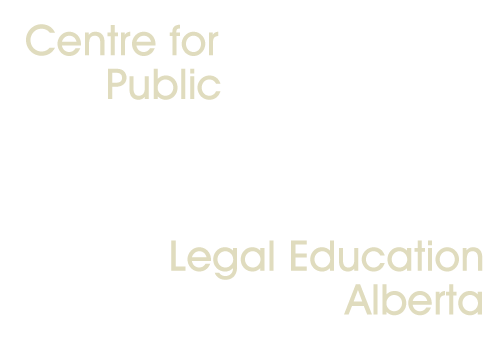Need to know
- A landlord and tenant both agree to take on certain responsibilities when entering a tenancy agreement.
- The Residential Tenancies Act lists mandatory responsibilities for both landlords and tenants. The landlord and tenant may agree to more responsibilities orally or in writing.
- Most often, disputes between landlords and tenant occur when they do not fulfill their responsibilities. In some situations, there may be penalties for not meeting one’s responsibilities.
- When dealing with a dispute, both the landlord and tenant should try to work it out themselves.
- If a landlord and tenant cannot resolve a dispute themselves, they can consider the Residential Tenancy Dispute Resolution Service (RTDRS) or the Alberta Court of Justice.
Working out a problem
If a landlord and tenant have a dispute, the first step is for the two sides to communicate about the situation. They should try to work out a solution that both sides can live with. If they reach a solution, they should make sure it is in writing. However, if they cannot reach a solution, the tenant or landlord should make sure they write down their problem and give it to the other side. It is important to document problems. That way, the person can prove that they brought the issue to the other side’s attention. Where the parties cannot resolve a dispute, the Residential Tenancies Act sets out what remedies the landlord or tenant can apply for.
Tenant remedies
If a landlord breaches the residential tenancy agreement or the responsibilities under the Residential Tenancies Act, a tenant can apply to Alberta Court of Justice Civil or the Residential Tenancy Dispute Resolution Service for one of the following remedies:
1. Damages. This means the tenant would ask that the landlord be ordered to pay for any financial loss that the tenant incurred because of the landlord’s breach.
2. Rent abatement (reduction). This is when the tenant asks for a rent reduction because the landlord deprived them of a benefit under the Residential Tenancies Act or the lease agreement.
3. Compensation. The tenant can make an application for compensation for the cost of doing things that the landlord should have done (for example, repairs to the unit).
4. Termination of tenancy. The tenant can make an application to move out early.
Landlord remedies
If a tenant breaches the residential tenancy agreement or the responsibilities listed in the Residential Tenancies Act, a landlord can apply to Alberta Court of Justice Civil or the Residential Tenancy Dispute Resolution Service for one of the following remedies:
1. Recovery of rent. If a tenant doesn’t pay the rent, the landlord can apply to recover the money owed.
2. Termination of tenancy. If a tenant commits a substantial breach, the landlord can give the tenant a notice to end the tenancy or make an application to terminate the tenancy. For more information, see the Eviction Notice section of this website.
3. Recovery of property. If a tenant doesn’t move out when they should, the landlord can apply for recovery of the premises and compensation from the tenant for staying longer than allowed. For example, if a landlord served the tenant with an eviction notice and the tenant refused to leave (and did not serve an objection notice), the landlord could make application to recover the property. This type of remedy will usually allow the landlord to hire a Civil Enforcement Agency to remove the tenant, if the tenant has not left by a certain date.
4. Damages. This means the landlord would ask that the tenant be ordered to pay for financial losses that the landlord incurred because of the tenant’s breach. For example, if a tenant caused damage that cost more than the security deposit to fix, the landlord could apply for damages.
Making an application
In Alberta, landlords and tenants have different places they can go to make an application. Landlords and tenants should seek legal advice if they do not know what to do. For more information on dispute resolution resources, refer to the Find Help section of this website.
Residential Tenancy Dispute Resolution Service
The Residential Tenancy Dispute Resolution Service offers landlords and tenants an alternative means of resolving serious disputes outside of court. This service is designed to be faster, more informal, and less expensive than the courts. A tenant or a landlord who has concerns related to an eviction, unpaid rent/utilities, security deposit, damages, repairs, or other common disagreements may use the service. To make an application, one must fill out certain forms, file, and serve on the other side. The other side then has a chance to respond, and a hearing date is set. The matter is before a Tenancy Dispute Officer who has the authority make binding decisions on claims up to $100,000.
Alberta Court of Justice
The Alberta Court of Justice of Alberta is available for landlords and tenants to apply for a remedy of up to $100,000. To make an application in Alberta Court of Justice, one must fill out certain forms, file, and serve on the other side. The other side then has a chance to respond, and a trial date is set. More information is available on the Alberta Court of Justice Civil website.
Court of King’s Bench
The Court of King’s Bench is the higher court in the province of Alberta. Landlords and tenants can use this court for disputes. However, it is more common for these applications to be heard in Alberta Court of Justice or the Residential Tenancy Dispute Resolution Service. Parties considering the Court of King’s Bench as a dispute resolution process should get legal help.
Explore more
November 2023

